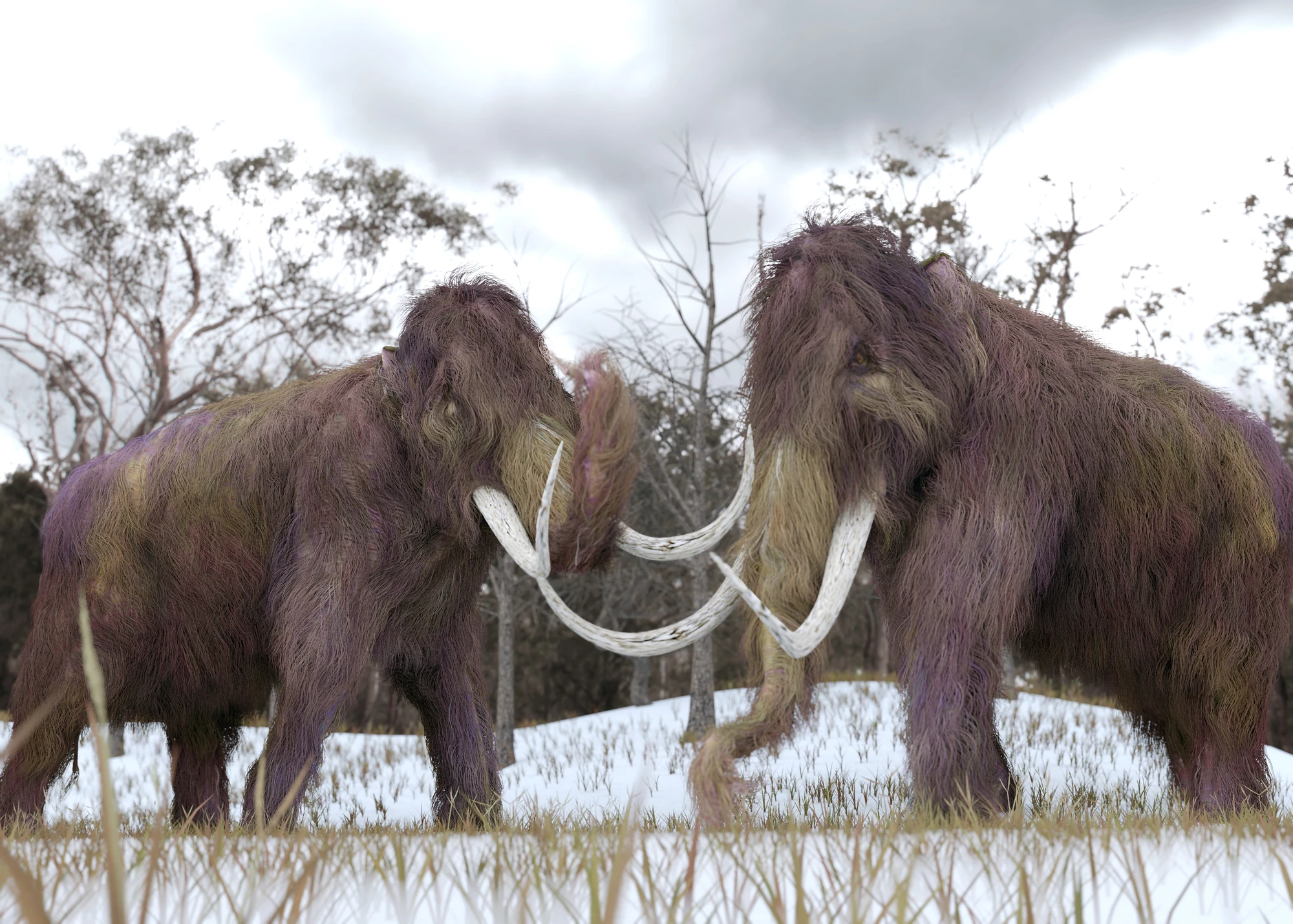Researchers have resurrected woolly mammoth genes in the lab. But this isn’t about bringing the extinct species back from the dead. These particular genes came from one of the last remaining mammoth populations, which are believed to have suffered genetic defects. The team was testing whether the genes functioned normally or not – and it turns out, they did not.
In the Arctic Ocean north of Siberia lies Wrangel Island, which is believed to have been home to one of the last surviving populations of woolly mammoths. This last colony of about 300 animals survived until around 4,000 years ago, but it wasn’t a comfortable existence.

According to previous genomic studies, the Wrangel Island mammoths were suffering from a range of genetic defects as a result of a dwindling population and limited gene pool. These mutations were believed to be impacting their health in myriad ways, such as fertility and coat quality. But these predictions were largely theoretical.
In the new study, the team put the idea to the test. First, they compared the DNA of a Wrangel Island mammoth to three Asian elephants and two older mammoths, from a time before the species was in genetic decline. This allowed the team to identify genes unique to the Wrangel Island mammoth. They then synthesized these altered genes in the lab, and inserted the DNA into cells in culture to see how well they interacted with other genes and molecules.
It turns out that in these late mammoths, important genes were faulty, including those involved in fertility, neurological development, insulin signaling, and the sense of smell.
“We know how the genes responsible for our ability to detect scents work,” says Vincent Lynch, lead author of the study. “So we can resurrect the mammoth version, make cells in culture produce the mammoth gene, and then test whether the protein functions normally in cells. If it doesn’t – and it didn’t – we can infer that it probably means that Wrangel Island mammoths were unable to smell the flowers that they ate.”
This confirms many of the predictions of previous studies. Not only does it help to fill in the sad story of the last mammoths on Earth, but it could hint at the kind of future that currently endangered species are facing.
“The key innovation of our paper is that we actually resurrect Wrangel Island mammoth genes to test whether their mutations actually were damaging (most mutations don’t actually do anything),” says Lynch. “Beyond suggesting that the last mammoths were probably an unhealthy population, it’s a cautionary tale for living species threatened with extinction: If their populations stay small, they too may accumulate deleterious mutations that can contribute to their extinction.”
The research was published in the journal Genome Biology and Evolution.
Source: University at Buffalo




